Market Analysis
In-depth Analysis of Hydrogenated Styrene Block Copolymers Market Industry Landscape
Hydrogenated Styrene Block Copolymers (HSBC) are a significant portion of polymer industry market dynamics that explain what drives its production, consumption and overall trends. The unique combination of rubbery properties and plasticity makes these thermoplastic elastomers suitable for various applications in the automotive sector, consumer goods among others.
Technological advancements shape HSBC market trends thus driving innovations in formulations, manufacturing processes and applications. Manufacturers engage in researches to come up with new technologies on time thus providing high quality HSBC products that meet evolving requirements of different industries.
The global market significantly affects supply chain dynamics within the HSBC space. National as well as international economic conditions play an important role in determining demand for these copolymers across various sectors. During economic downturns, manufacturing activities may shrink reducing demand for HSBC while during economic growth they become widely used in many applications. Market performance depends on general global economic health influencing investment decisions, sales volumes and pricing strategies.
Apparently, environmental considerations are increasingly shaping the HSBC market’s dynamics. There is an increasing call for copolymers with low environmental footprints due to the growing emphasis on sustainability and eco-friendly practices. This puts the producers under pressure to adopt greener manufacturing processes, formulate HSBCs with improved ecological profiles and seek applications in environmentally conscious industries. Companies that put environmental consciousness as a key consideration and prioritize sustainability in their HSBC offerings seem more likely to gain a competitive advantage.
Due to their versatility and extensive use, competition in the HSBC sector is intense. For manufacturers to set themselves apart, they must concentrate on quality of products, cost effectiveness as well as innovation. This necessitates differentiation strategies such as developing specialized formulations of HSBC for given applications or offering superior performance attributes since these contribute significantly towards gaining market shares. To be ahead of competitors while addressing changing customer requirements, firms need continuous research and development.

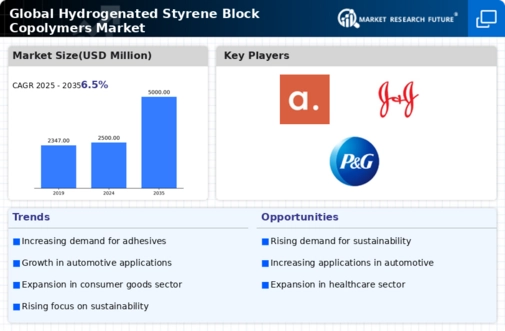
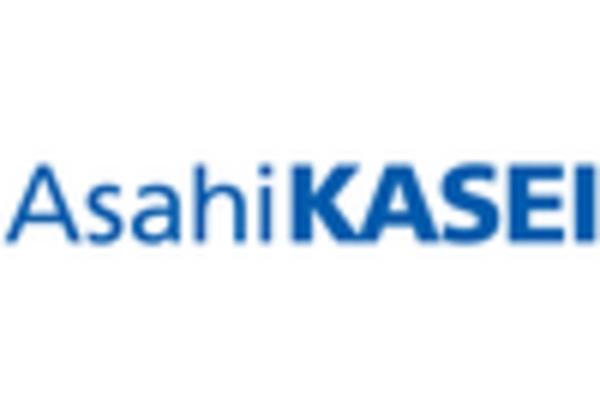

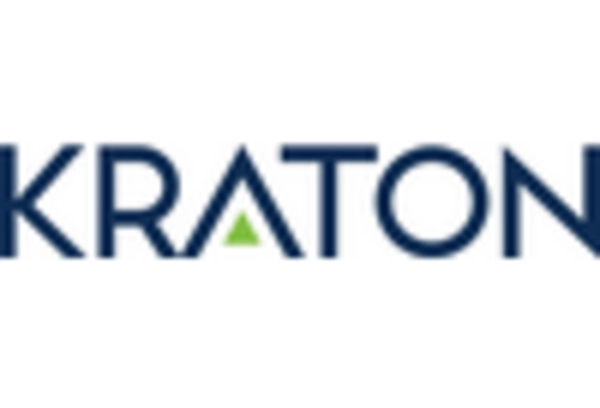
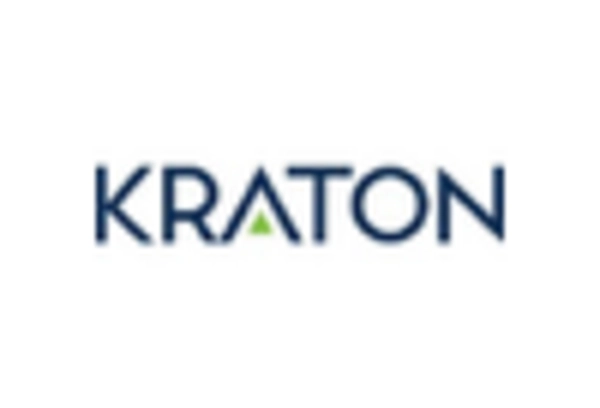
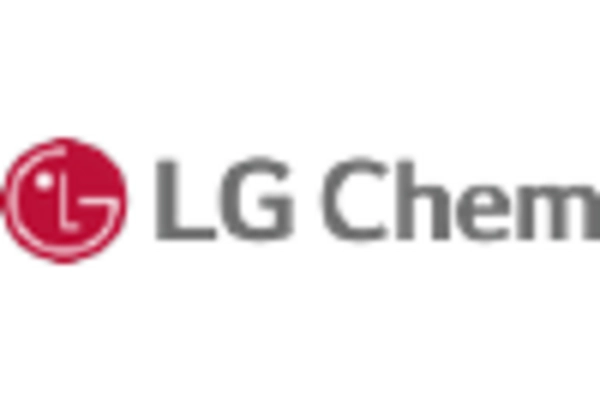
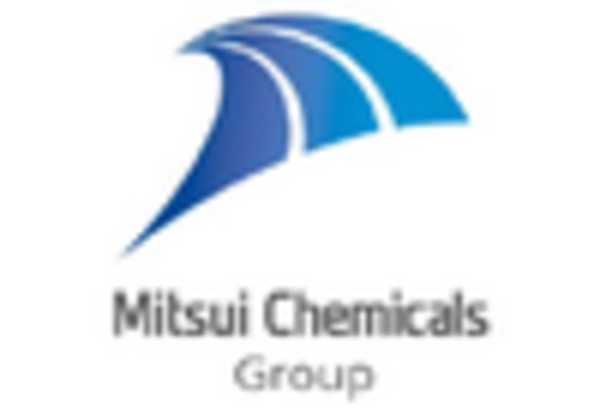









Leave a Comment